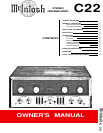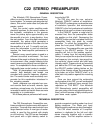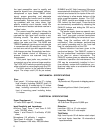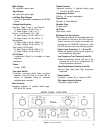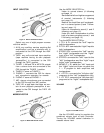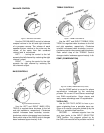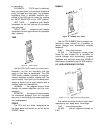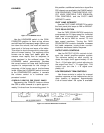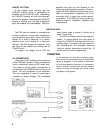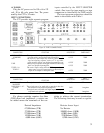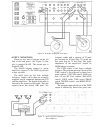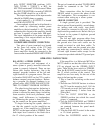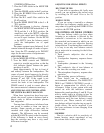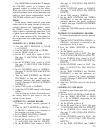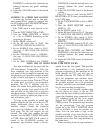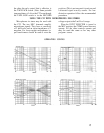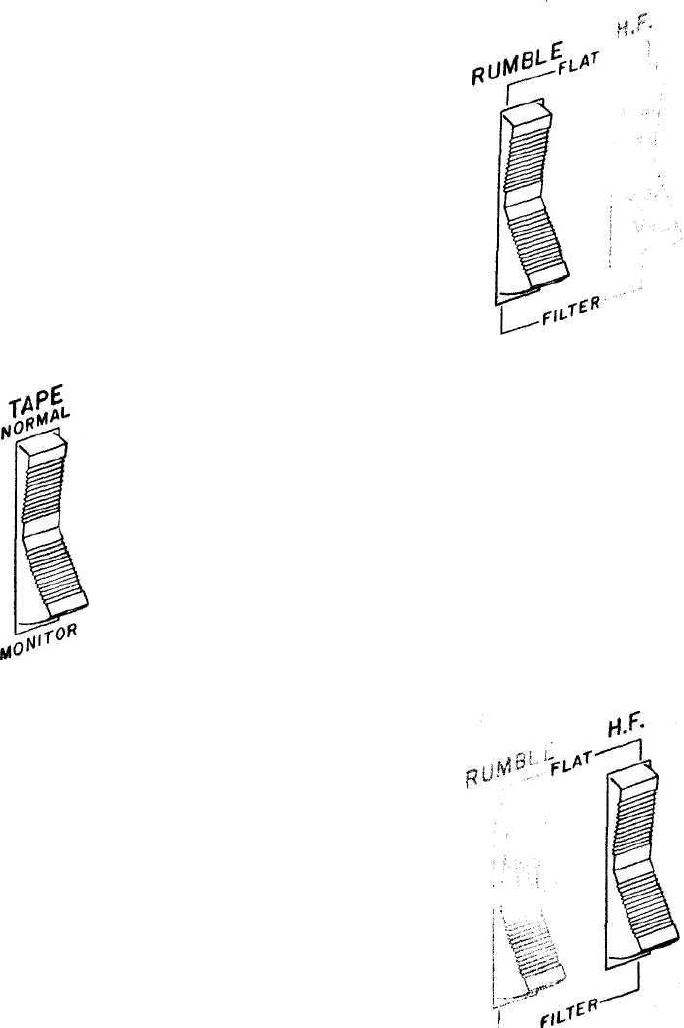
for recording.
PLAYBACK . . . TAPE input is switched
from rear tape jacks to front panel telephone
jacks (left tape and right tape). Any program
originating from a portable machine con-
nected to the C22 can be heard by rotating
the INPUT SELECTOR to the TAPE position.
LEFT TAPE . . . telephone jack female
receptacle for the left channel of a portable
tape machine.
RIGHT TAPE . . . telephone jack female
receptacle for the right channel of a portable
tape machine.
TAPE
RUMBLE
Figure 9. TAPE switch.
Use the C22 TAPE switch to know instan-
taneously, as you are recording, that the
music on the tape is acceptable. The C22
TAPE switch makes it possible to instanta-
neously compare recorded material with the
source signal. Tape jacks on the back panel
accept a signal from a tape recorder with a
monitor head and preamplifier.
NORMAL . . . the program source is fed
through the power amplifiers and the loud-
speakers.
MONITOR . . . the signal source becomes
the monitored program from the recorded
tape and is fed through the power amplifiers
and loudspeakers.
POWER
The C22 and four black receptacles on
the back panel are turned on and off by the
POWER switch.
Figure 10. RUMBLE filter switch.
Use the C22 RUMBLE filter to reduce low-
frequency noise created by a turntable or
record changer and acoustically coupled
feedback.
FLAT . . . filter disconnected.
FILTER . . . low-frequency rumble noise
below 50 cps created by a turntable or
record changer and acoustically coupled
feedback are reduced when the RUMBLE
filter button is pushed to the FILTER position.
H.F. (HIGH-FREQUENCY FILTER)
Figure 11. H.F. (High-Frequency Filter) switch.
This switch minimizes surface noise when
reproducing old, badly worn recordings.
FLAT . . . filter disconnected.
FILTER . . . rolls off response sharply at
5 KC.
.6



